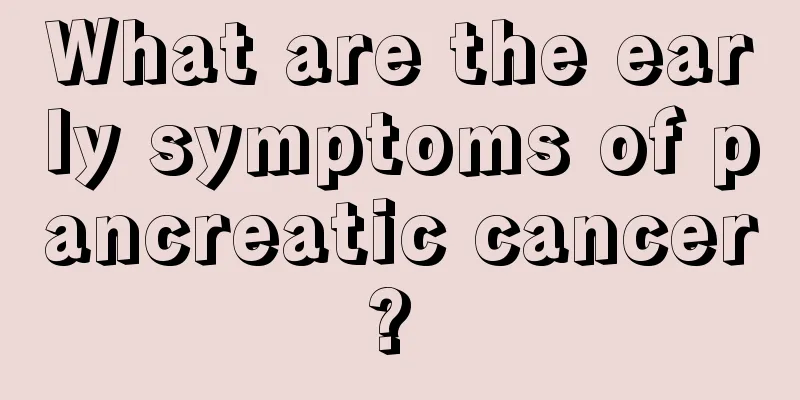What are the causes of glioma

|
Glioma is a disease that often occurs in the brain. It is an irresistible and serious disease that affects the body. It is accompanied by headaches, vomiting, vision loss, diplopia, epileptic seizures and mental symptoms. In severe cases, it can cause neurological dysfunction. Let's take a look at the causes of glioma. Gliomas are tumors that occur in the neuroectoderm, so they are also called neuroectodermal tumors or neuroepithelial tumors. Tumors originate from neural interstitial cells, namely glia, ependyma, choroid plexus epithelium, and neural parenchymal cells, namely neurons. Most tumors originate from different types of glia, but based on their histological origins and similar biological characteristics, various tumors that occur in the neuroectoderm are generally called gliomas. Gliomas are the most common among various intracranial tumors. Among gliomas, astrocytoma is the most common, followed by glioblastoma multiforme, and ependymoma ranks third. Gender is more common in males, especially in glioblastoma multiforme and medulloblastoma, males are significantly more than females. Age is mostly between 20 and 50 years old, with 30 to 40 years old being the highest peak. Each type of glioma has its own peak age. For example, astrocytoma is more common in middle-aged people, glioblastoma multiforme is more common in middle-aged people, ependymoma is more common in children and young people, and medulloblastoma mostly occurs in children. The most common sites of each type of glioma are also different. For example, astrocytoma mostly occurs in the cerebral hemispheres of adults, while it mostly occurs in the cerebellum in children; glioblastoma multiforme almost always occurs in the cerebral hemispheres; ependymoma is more common in the fourth ventricle; oligodendroglioma mostly occurs in the cerebral hemispheres, and medulloblastoma almost always occurs in the cerebellar vermis. In addition, it is also more common in children around 10 years old, which is another small peak. Most gliomas develop slowly, and the time from the onset of symptoms to medical treatment is generally weeks to months, and a few can take several years. The history of highly malignant tumors and posterior cranial fossa tumors is shorter, while the history of more benign tumors or tumors located in the quiet area is longer. If the tumor bleeds or cysts, the symptoms will suddenly worsen, and even have a course similar to cerebrovascular disease. The clinical symptoms of gliomas can be divided into two aspects. One is the symptoms of increased intracranial pressure, such as headache, vomiting, decreased vision, diplopia, mental symptoms, etc.; the other is the compression, infiltration, and destruction of brain tissue by the tumor. |
<<: What are the symptoms of glioma
>>: What are the signals of glioma onset?
Recommend
How to make loquat paste
Loquat paste, as the name suggests, is a paste fo...
Can anti-smog diet really resist smog?
Chinese people’s way of thinking: They like to so...
What to do if red wine gets on white clothes
If you accidentally get red wine on your white cl...
Is it good to eat animal offal? What vitamins does it contain?
In life, I believe that many people like to cook ...
Methods to turn white hair into black hair
Many people have this worry, they have white hair ...
I feel uncomfortable and want to vomit. What's going on?
As the saying goes, worrying will turn your hair ...
Two things lung cancer patients should know
In fact, lung cancer is extremely harmful to peop...
What are the hazards of rare earths to the human body?
I believe everyone has heard of rare earths. Rare...
Is sweating caused by kidney deficiency?
In life, many people's hands sweat very easil...
How can we say that bile duct cancer has been cured?
Any disease will bring troubles to the patient, b...
How long can you live when you have advanced prostate cancer?
The most concerning issue for prostate cancer pat...
Is interventional treatment for liver cancer effective? There are three major benefits
The liver is a very important organ for the human...
What should I pay attention to after putting on the IUD_Precautions after wearing the IUD
There are many methods of contraception in daily ...
Quick solution to belching
Belching is a relatively common phenomenon, which...
Pathogenic factors of nasopharyngeal carcinoma
What are the risk factors for nasopharyngeal canc...









